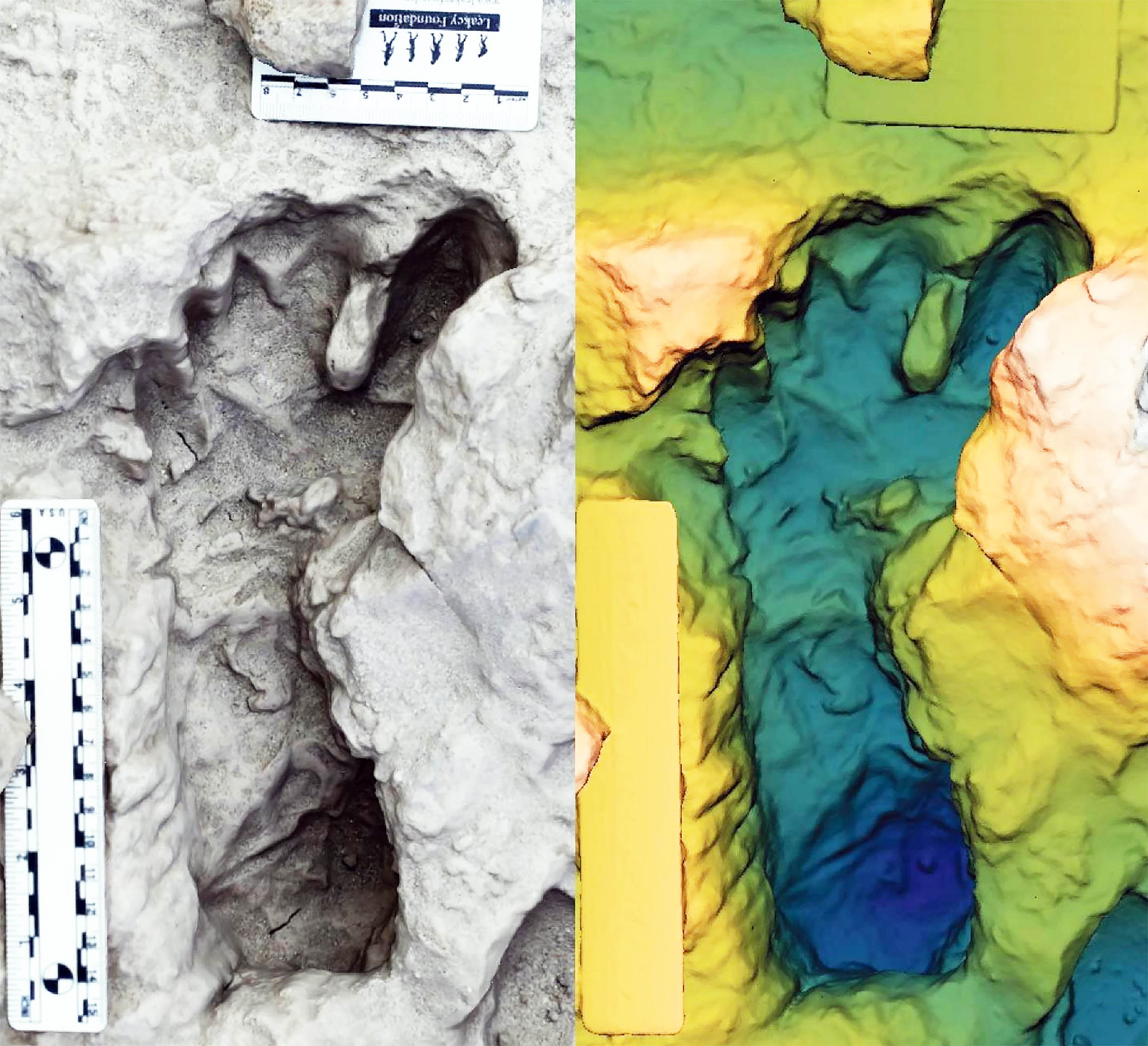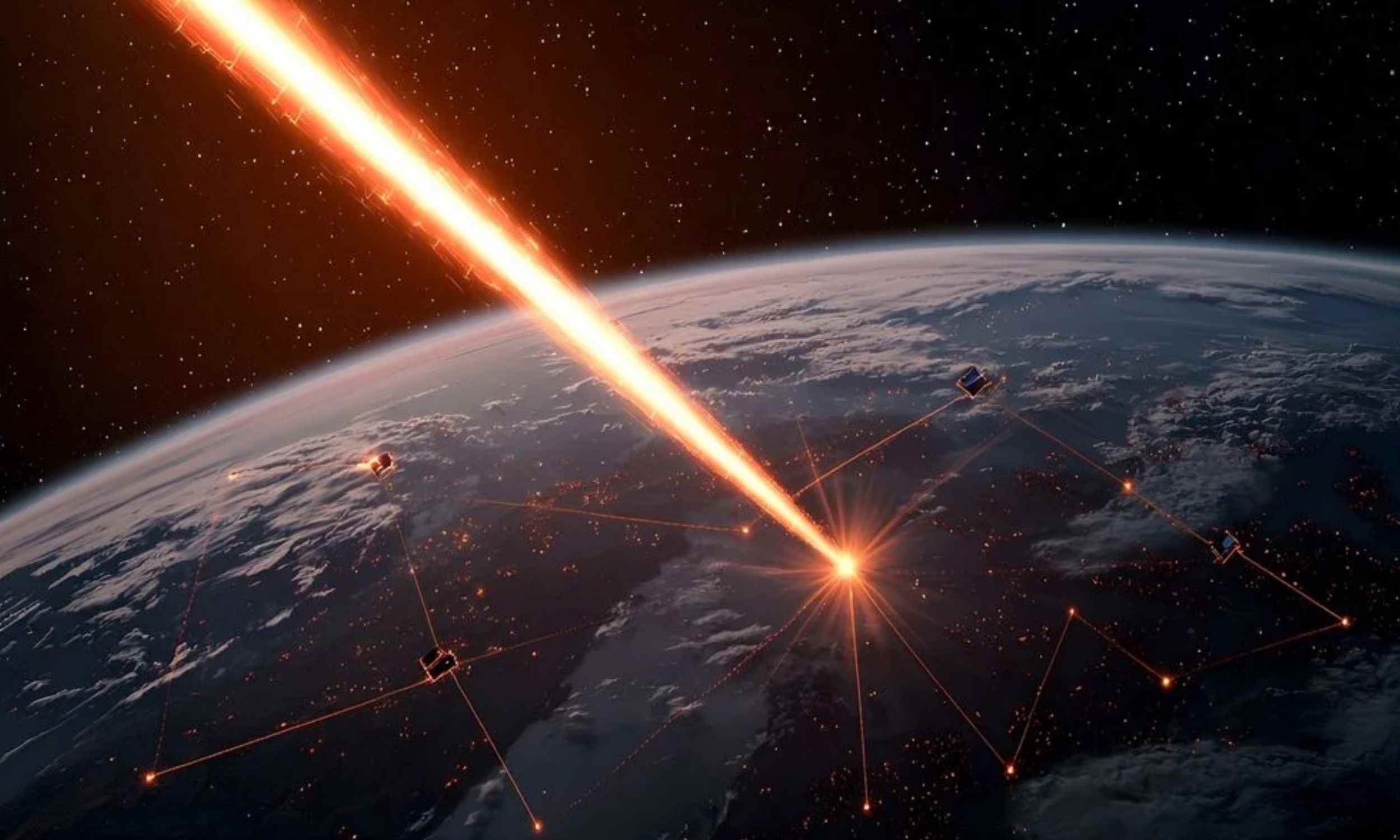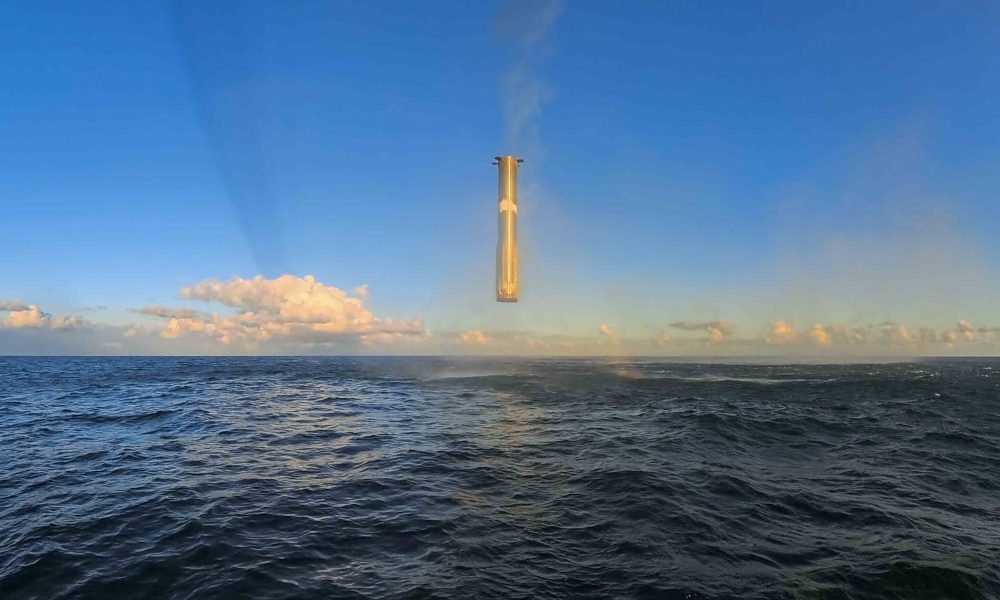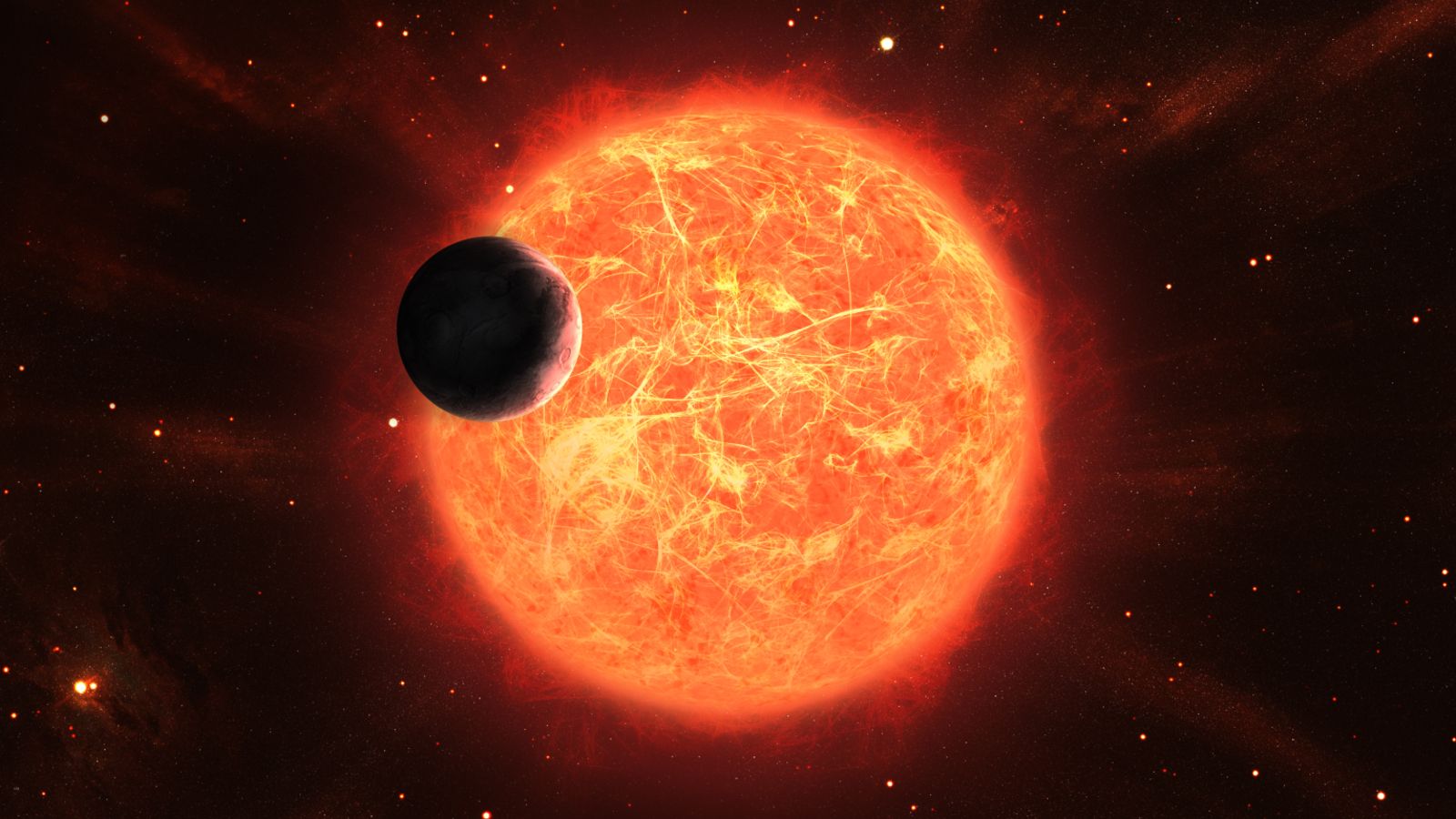Earth's Mysterious Origins Unveiled: Shocking Discoveries from MIT's New Research!

Imagine uncovering the ancient secrets of Earth itself! Researchers from MIT have made a groundbreaking discovery that challenges everything we thought we knew about our planet's origins. They’ve uncovered traces of ‘proto Earth,’ an ancient precursor to our home that existed roughly 4.5 billion years ago, before a cataclysmic collision reshaped its very chemistry, leading to the Earth we inhabit today. This revelation, published on October 14 in Nature Geosciences, could hold the key to reconstructing not only Earth’s early materials but also those that shaped the rest of our solar system.
Let’s set the stage: Picture the solar system billions of years ago, a swirling cloud of gas and dust. Over time, these cosmic materials coalesced, forming the first meteorites which, through a series of dramatic impacts, came together to create proto Earth and its planetary neighbors. Imagine a young Earth, covered in molten lava, undergoing a catastrophic transformation when a Mars-sized body collided with it. This event, known in scientific circles as a “giant impact,” melted much of the planet's interior, erasing most of its original chemical identity. For decades, scientists believed any remnants of this primordial world had been obliterated.
However, the MIT team has turned this long-held belief on its head. By analyzing ancient deep rock samples, they discovered a unique chemical signature that sets them apart from materials we find on Earth today. This anomaly, a slight imbalance in potassium isotopes—atoms that share the same element but differ in neutron numbers—provides a tantalizing clue that some of proto Earth’s material may have somehow survived this cosmic upheaval.
“This is maybe the first direct evidence that we've preserved the proto Earth materials,” says Nicole Nie, an assistant professor of Earth and Planetary Sciences at MIT. “We see a piece of the very ancient Earth, even before the giant impact. This is amazing because we would expect this very early signature to be slowly erased through Earth's evolution.”
Nie and her team conducted extensive investigations using meteorites collected from various parts of the world. By comparing these meteorites to Earth’s composition, they identified a curious “potassium isotopic anomaly.” Normally, potassium exists in three isotopic forms—potassium-39, potassium-40, and potassium-41—with potassium-40 being rare. The meteorites contained a distinct ratio of these isotopes, different from what is prevalent on Earth today.
This anomaly suggests that any material exhibiting this specific potassium imbalance might predate the giant impact that drastically altered Earth’s chemistry. Essentially, this could serve as a fingerprint of the materials that formed proto Earth.
In this new study, the team shifted focus from meteorites to samples taken from deep within Earth itself. They analyzed powdered rock samples from Greenland and Canada, where some of the oldest preserved rocks can be found, as well as lava deposits from Hawaii, which reveal some of Earth’s earliest materials from the mantle. Their groundbreaking method involved dissolving these samples in acid, isolating potassium, and using a mass spectrometer to measure isotopic ratios.
The results were remarkable. They detected a potassium-40 deficit in their samples, indicating a unique composition that differs from most modern Earth materials. This is like finding a single grain of brown sand in a bucket full of yellow—an incredibly rare sight!
Could these samples actually be remnants of proto Earth? After conducting simulations based on data from known meteorites and how impacts reshaped Earth’s composition, the researchers concluded that these potassium-40-deficient materials likely survived the planet's tumultuous past. Yet, their signature doesn’t quite match any known meteorites, suggesting that the original building blocks of proto Earth remain elusive.
“Scientists have been trying to understand Earth's original chemical composition by combining the compositions of different groups of meteorites,” Nie notes. “But our study shows that the current meteorite inventory is not complete, and there is much more to learn about where our planet came from.” This exciting research, supported by NASA and MIT, opens new avenues for understanding our planet's complex origins.


























